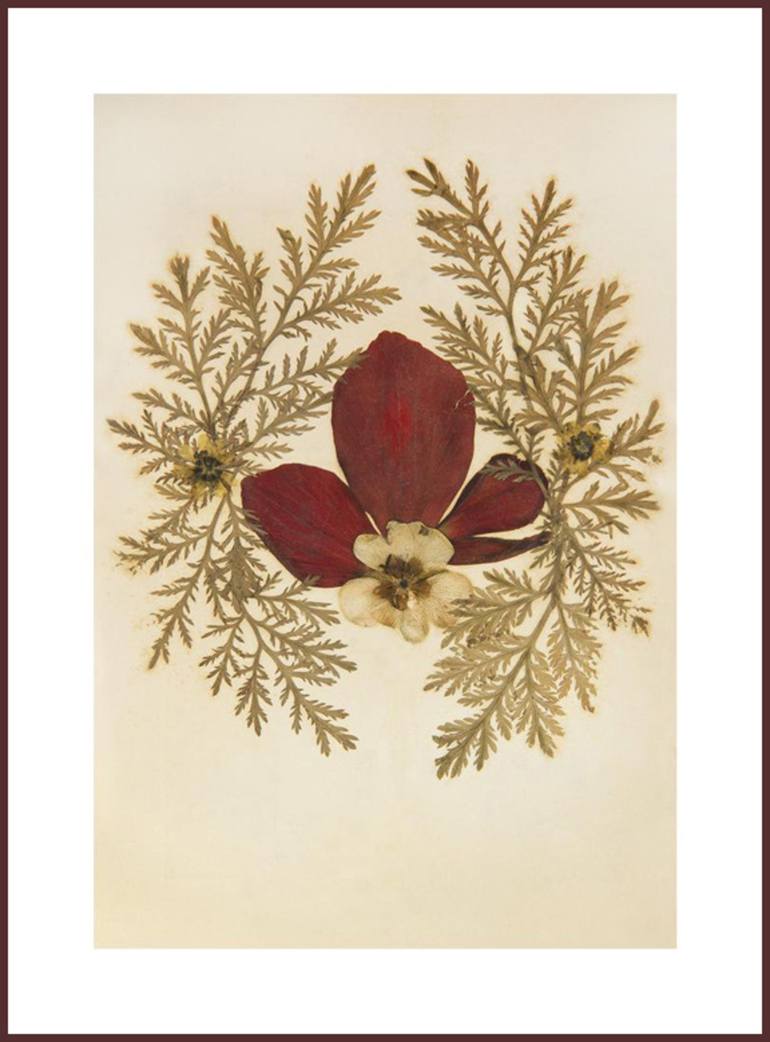


44 Views
1
View In My Room
Photography, Digital on Paper
Size: 39.4 W x 53.1 H x 0.1 D in
Ships in a Tube
44 Views
1
ABOUT THE ARTWORK
DETAILS AND DIMENSIONS
SHIPPING AND RETURNS
Orit Ishay 1917, untitled #01, 2012 still photography, archival inkjet print 135x100 cmnumbered and signed Edition: 5 +2AP Souvenirs are not unlike passports. They are more then just a thing, image or text. They are something you bring when you go somewhere. So they have a lot to do with a moment o...
Year Created:
2012
Subject:
Mediums:
Photography, Digital on Paper
Rarity:
Limited Edition of 5
Size:
39.4 W x 53.1 H x 0.1 D in
Ready to Hang:
Not Applicable
Frame:
Not Framed
Authenticity:
Certificate is Included
Packaging:
Ships Rolled in a Tube
Delivery Cost:
Shipping is included in price.
Delivery Time:
Typically 5-7 business days for domestic shipments, 10-14 business days for international shipments.
Returns:
The purchase of photography and limited edition artworks as shipped by the artist is final sale.
Handling:
Ships rolled in a tube. Artists are responsible for packaging and adhering to Saatchi Art’s packaging guidelines.
Ships From:
Israel.
Need more information?
Need more information?
Orit Ishay
Israel
Why Saatchi Art?
Thousands of
5-Star Reviews
We deliver world-class customer service to all of our art buyers.
Global Selection of Original Art
Explore an unparalleled artwork selection from around the world.
Satisfaction Guaranteed
Our 14-day satisfaction guarantee allows you to buy with confidence.
Support Emerging Artists
We pay our artists more on every sale than other galleries.
